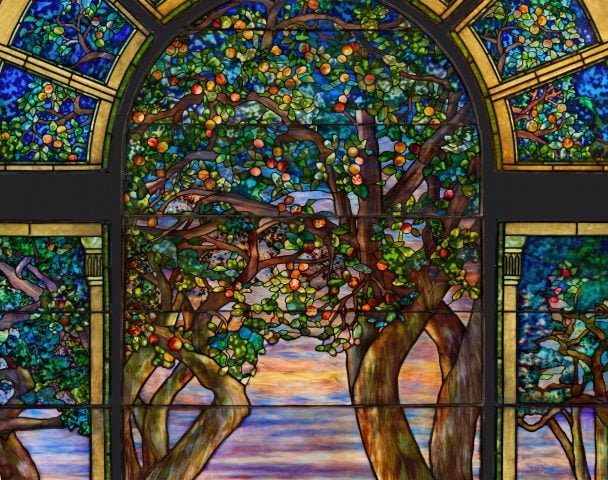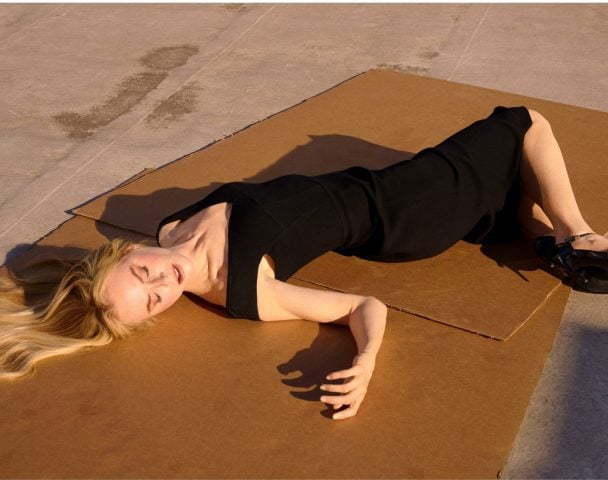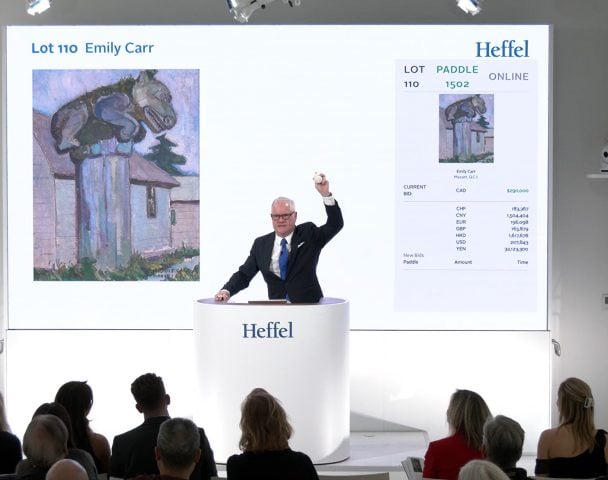How do you keep a 400-year-old Leonardo da Vinci self-portrait from disappearing? Scientists are struggling to figure that out, especially since the chalk drawing is thought to be the master’s only extant portrayal of himself.
As reported by the Independent, the drawing, Portrait of a Man in Red Chalk, which resides in a vault in the Royal Library of Turin, may not be long for this world. Scientists believe that the red chalk lines are gradually vanishing, fading into the paper, which has yellowed with age thanks to light, heat, moisture, metallic and acidic impurities, and pollutant gases.
“This phenomenon is known as ‘yellowing,’ which causes severe damage and negatively affects the aesthetic enjoyment of ancient artworks on paper,” Joanna Lojewska, of Jagiellonian University in Krakow, Poland, said in a press release.
Not everyone agrees that the drawing depicts the Renaissance master. The identification is based largely on the drawing’s high quality and facial similarity to Raphael’s known portrait of Da Vinci in The School of Athens (1508–11). Some argue that the man pictured is too old to be Da Vinci, who died at age 67, and may instead depict his father. Another possible self portrait candidate by the artist is the lower right attendant in the unfinished Adoration of the Magi.
Scientists have done substantial testing on the drawing, evaluating its state of degradation. The presence of chromophores, byproducts of the aging process that lend old papers their distinctive yellowed tint, were found in the drawing. A study published on their work states that “the sadly poor state of preservation that characterizes Leonardo’s self-portrait today is the result of the inappropriate conditions in which it was historically stored.”
Hopefully, proper conservation methods have stabilized the drawing’s fragile conditions. The scientists’ findings may be of use in their efforts to discover a method—such as chemical treatments or a water-based solution—to remove the chromophores, restore and preserve the piece (and others in similarly precarious conservation predicaments) for future generations.





